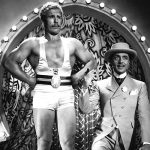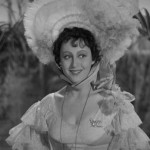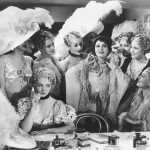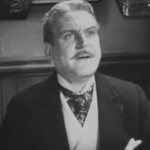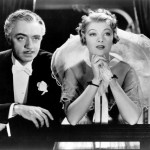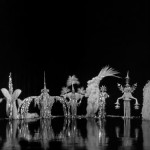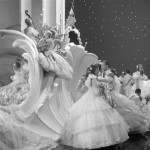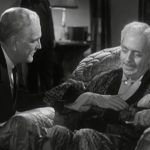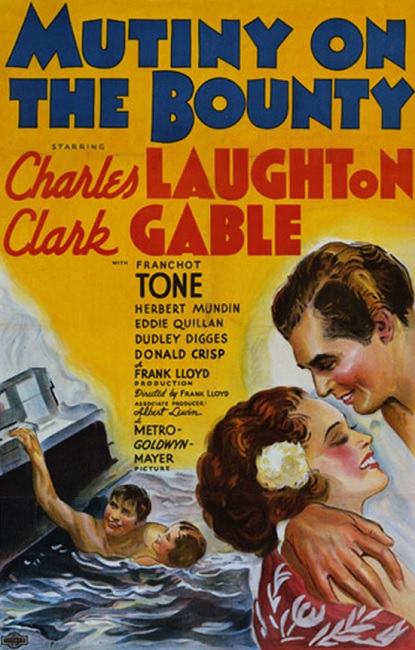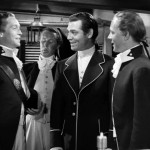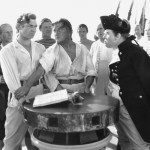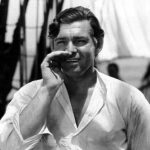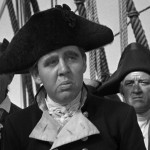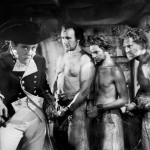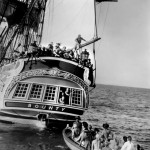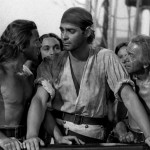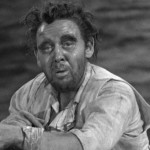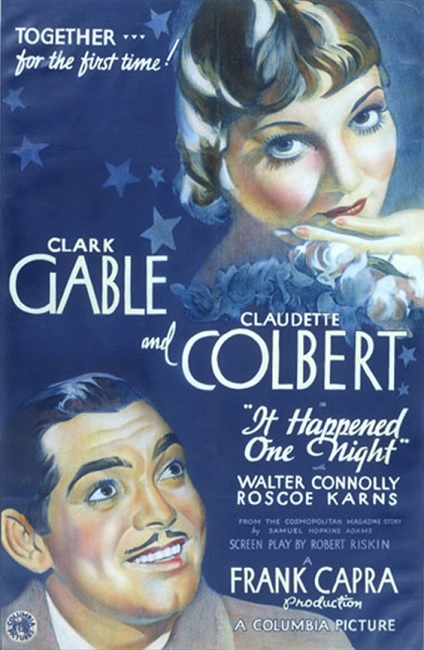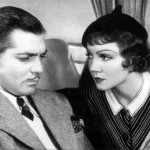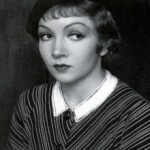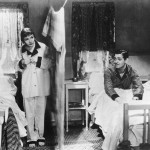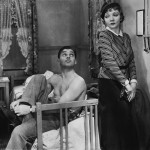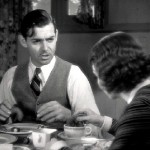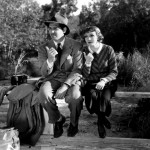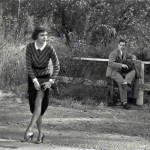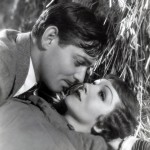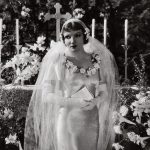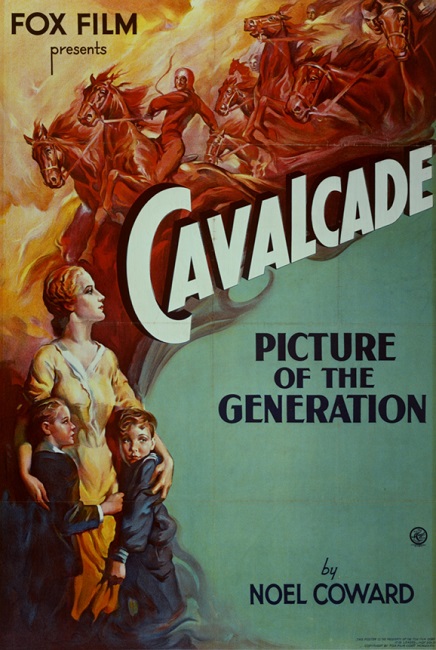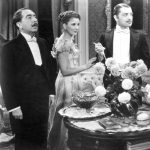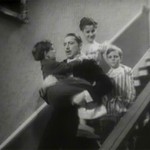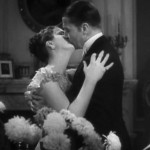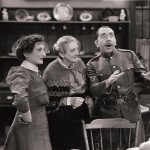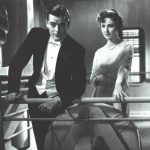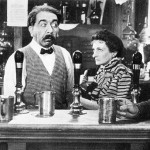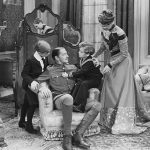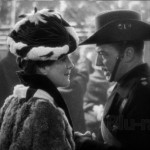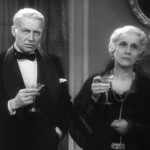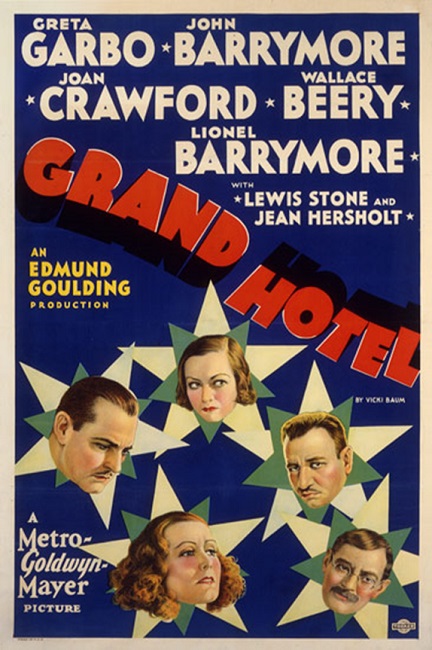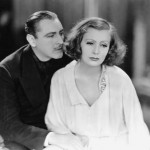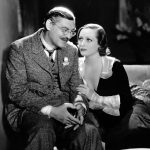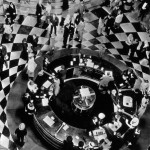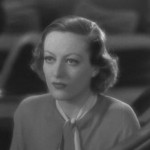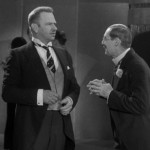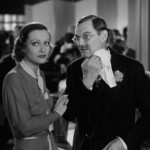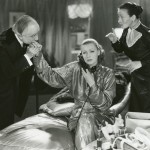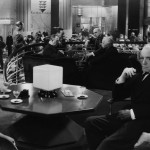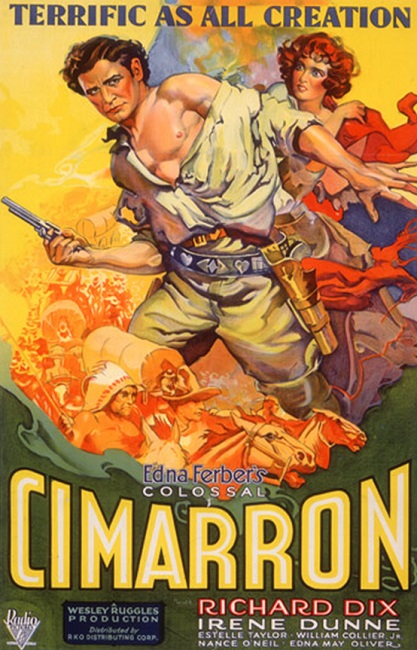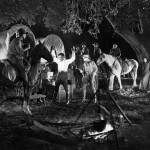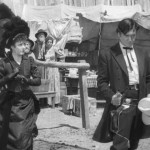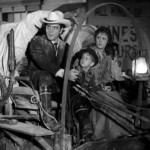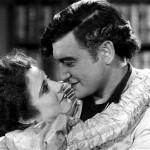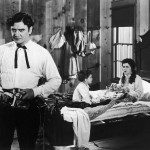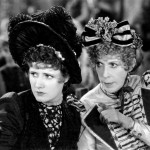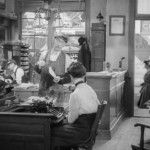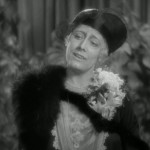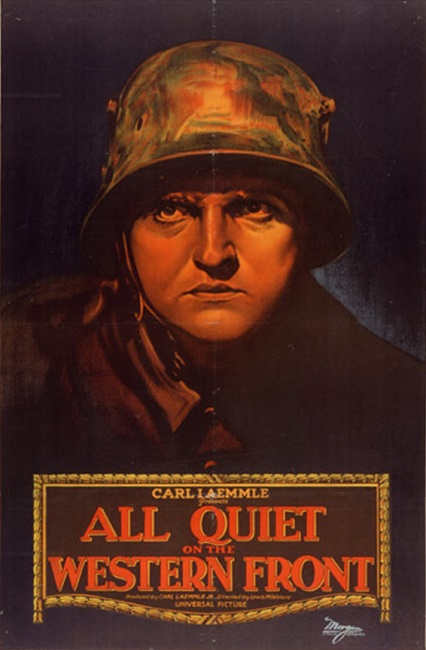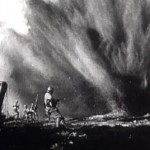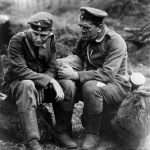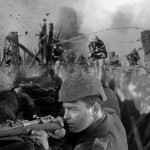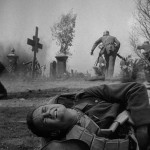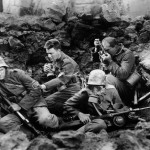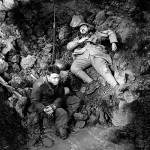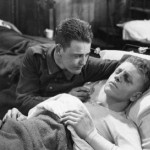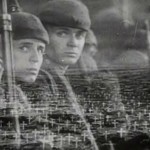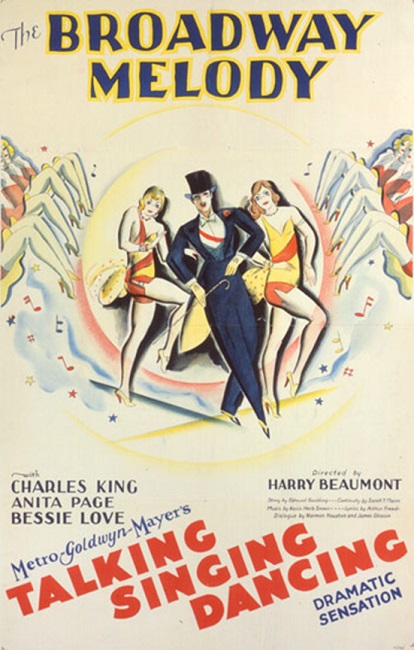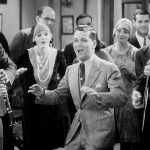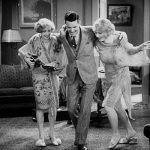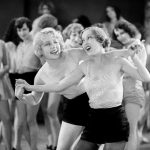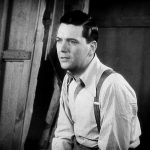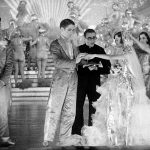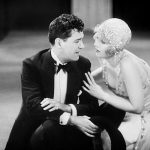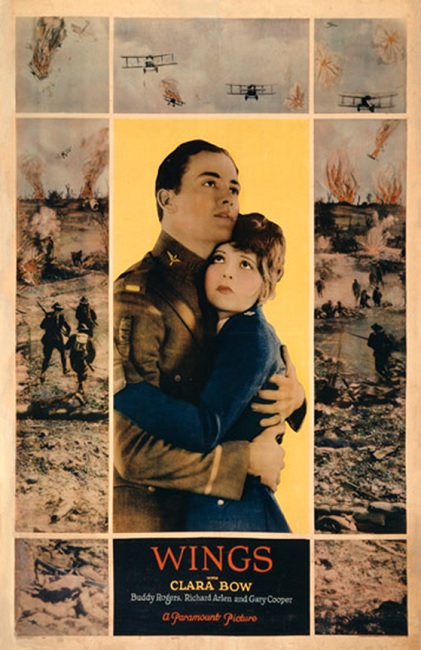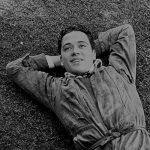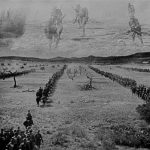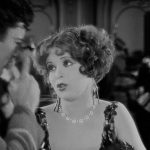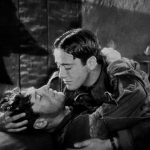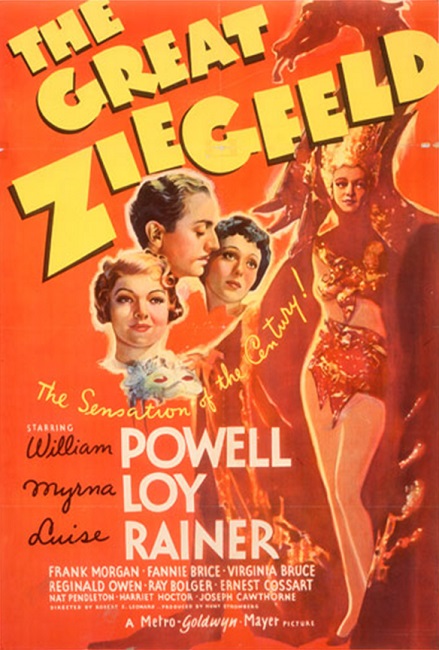
The Great Ziegfeld – 1936
Florenz Ziegfeld put on some of the greatest spectacles to ever hit the stage. Even by today’s standards, his shows, known as the Ziegfeld Follies, were over the top and beyond compare. The movie is a fictionalized biography of his career from 1893 until his death in 1929. There were many things about the film that moved it from good to great, earning it the Academy Award for Best Picture.
I went into the movie knowing nothing about the real Ziegfeld, so when the film introduced him as a carnie played by William Powel, I was a little put-off. I had the idea that he was a great man with impeccable taste and a keen business sense. How else could he have been incredibly rich, super successful in all his endeavors, and loved by the entire industry? But as the movie progressed, I learned how. He was a con man.
He apparently had such a charming and winning personality that he got people to give him all the money he needed. Granted, he had a unique vision of a grand and beautiful stage spectacle, but in order to produce it, he needed money that he rarely had. Powel was very believable in the roll. He was very charming and smooth with a nice smile and a complete disregard for propriety and rules. He could smooth-talk and lie his way out of almost anything.
Luise Rainer played Ziegfeld’s first wife, Anna Held. Rainer was a German actress but played a French character. I liked watching her and it is interesting to note that she won the Academy Award for Best Actress for the role. Other notable actors in the film were Myrna Loy as Billie Burke, Ziegfeld’s second wife, and Frank Morgan as Jack Billings, Ziegfeld’s professional competition. Morgan was famous for a different role in his career – more about that later! He was particularly fun to watch. His acting always seemed very free and easy, like a real person – almost like he wasn’t acting.
The film’s music was wonderful. The movie was not a musical, but it had music in it whenever Ziegfeld’s productions were part of the movie. Several numbers from the Ziegfeld Follies were shown, featuring Ray Bolger and Fanny Bryce, both playing themselves. Bolger’s style of dance is always fun to watch. The big number was a song called “A Pretty Girl Is Like a Melody.” And boy, this is one of those musical numbers that blew the roof off! Not only was the score and the singing wonderful, but the visuals really sold it. This was the big number of the movie.
A gigantic carousel covered with glitter and girls revolved slowly as the curtains that covered it were strategically lifted, craftily revealing the enormous cast of smiling faces. Circling the carousel was a wide staircase, upon which the girls sat. The camera started at the bottom of the winding staircase and simply rose slowly, catching all the elegant glitz and glamour you can imagine. The sequence seemed to take forever, and by the time the dazzling girl at the top of the carousel was revealed, I was just amazed at the beauty of all the women and the grand scale of the music. Then the camera panned back to show you just how huge the set actually was. It was an amazing sequence! That girl at the top better not be afraid of heights!
You see, Ziegfeld’s formula was simple. Lots of beautiful girls to look at, lots of costumes, lots of music, and lots of sparkle! And it worked! The girls didn’t even have to sing or dance, or even move, really. Leave that to the couple of dancers and the few singers. Just sit there, smile, and look pretty. Let the revolving carousel and the clever curtains take care of the rest.
Interesting note: The connections to the Wizard of Oz were plentiful. Frank Morgan was the Wizard himself. The character of Billie Burke was Glinda the Good Witch. Ray Bolger, who played himself, was the Scarecrow.
Another interesting note: Even though Fanny Bryce and Ray Bolger played themselves in the film, and even though the real Billie Burke was contracted with the studio that made The Great Ziegfeld, she was not a big enough star to play herself. Myrna Loy was cast instead. Billie was apparently not happy.
